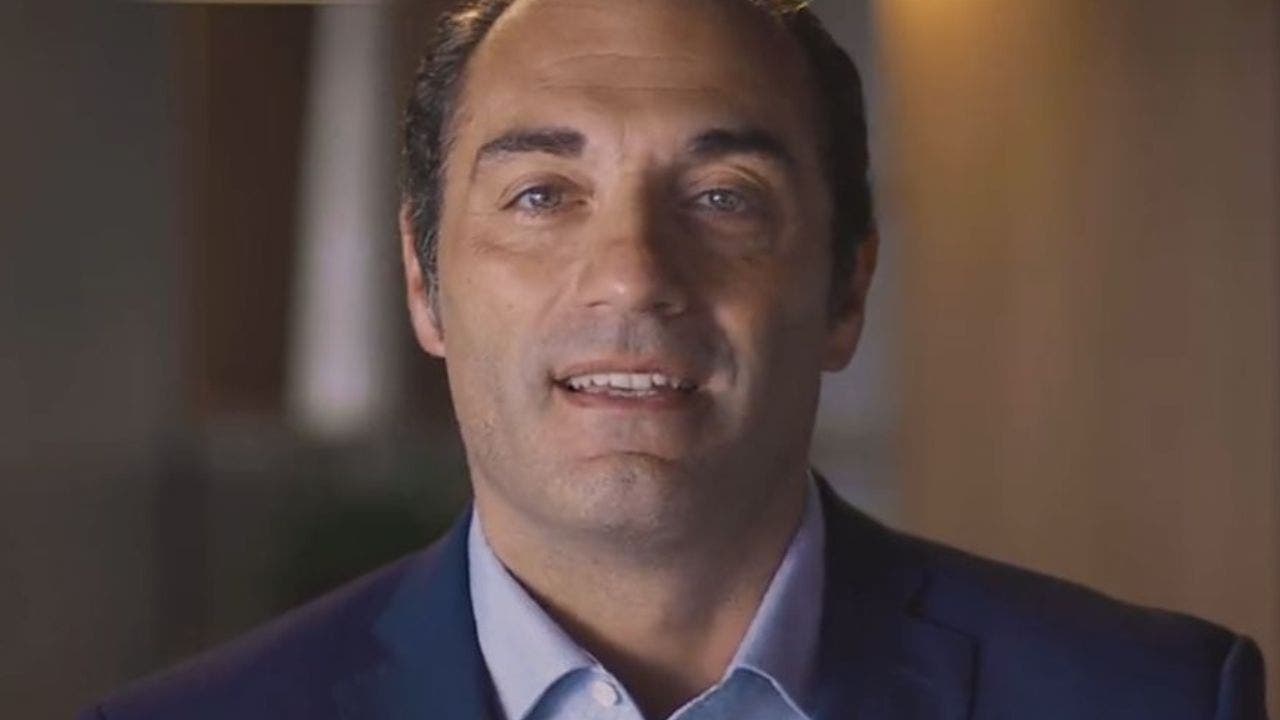June 23 will officially mark the beginning of Antonio Filosa’s era at the helm of Stellantis. His appointment, announced by chairman John Elkann and approved by the board of directors, comes at a crucial moment for the automotive group. Six months after Carlos Tavares’ exit, Filosa inherits a complex situation and a long list of strategic dossiers that will require quick and targeted decisions.
Antonio Filosa new CEO of Stellantis: many challenges await him

The choice to entrust leadership to a manager who grew up within the group, with over twenty years of career between Fiat, FCA and Stellantis, marks a clear break with the recent past. Unlike Tavares, who came from external experiences, Filosa embodies a more rooted and internal approach, with deep knowledge of corporate culture and its brands, gained through leading roles in Europe, South America and North America. His latest operational responsibility, leading the North American region, has further consolidated his position as a reference figure within the group.
Filosa is appreciated for his ability for direct dialogue, operational concreteness and determined but pragmatic leadership. Qualities that will be fundamental to face a phase of global transformation in the automotive sector, marked by the transition towards electric, regulatory tightening and increasingly aggressive competition, particularly from Chinese manufacturers.
One of the most delicate fronts is certainly the North American one, where Stellantis is experiencing a slowdown in sales and growing difficulties, aggravated by trade tensions and the prospect of new tariffs wanted by the Trump administration. A context that will require a revision of industrial and commercial strategies, with possible impact on the group’s production and logistics choices.

But the challenges are not limited to the US market. Within Stellantis‘ vast brand portfolio, some historic names are going through a phase of uncertainty. Maserati, for example, remains without a clear relaunch plan, while Lancia struggles to replicate the success of previous Ypsilon generations. Alfa Romeo also appears to be in a transition phase, with the postponement of plans related to new generations of Stelvio and Giulia raising many questions.
In this framework, Filosa will be called upon to redefine priorities, restoring vision and strategic coherence to a group that, despite being rich in potential, has shown signs of fragmentation in the perception of its brands. The objective will be to strengthen each brand’s identity, reduce overlaps and coordinate development lines with a less centralized approach that is more adherent to the specificities of individual markets. Filosa has the experience to face the complexity of the moment, and the change of method compared to the previous management could be exactly what Stellantis needs to restart with momentum.
